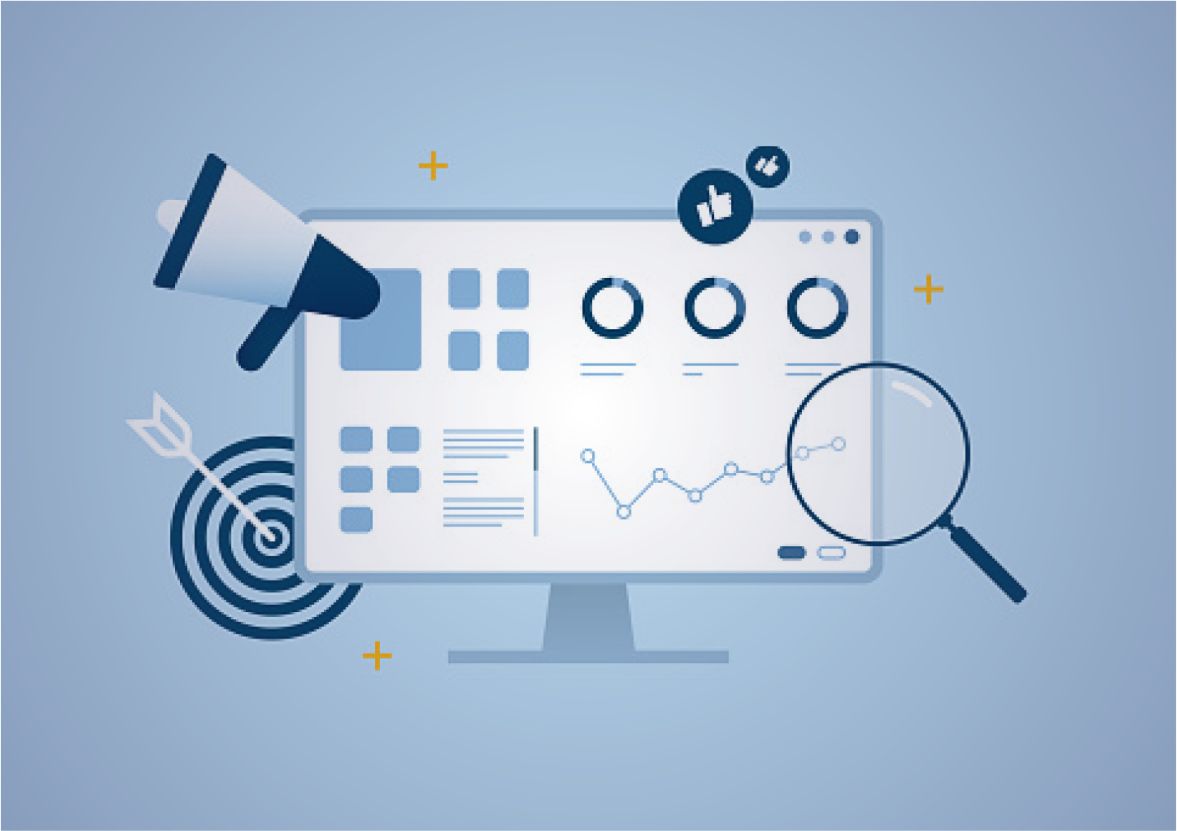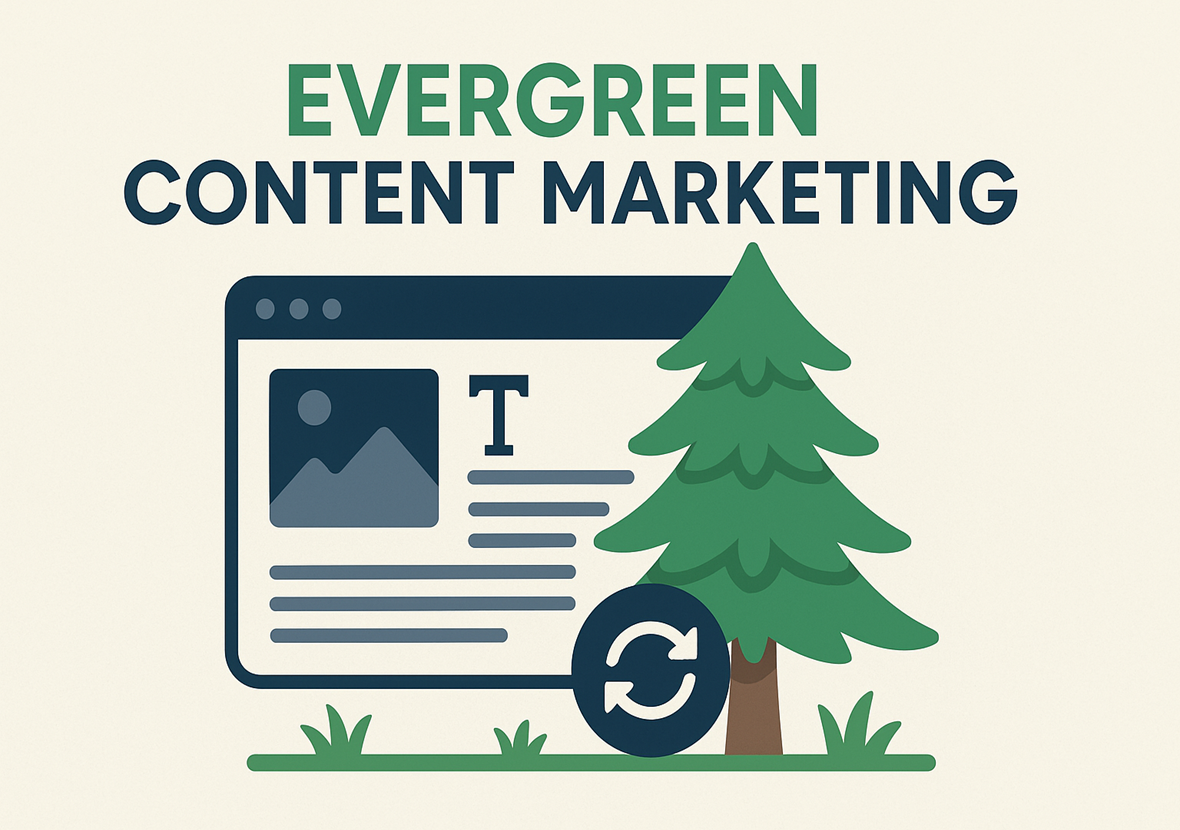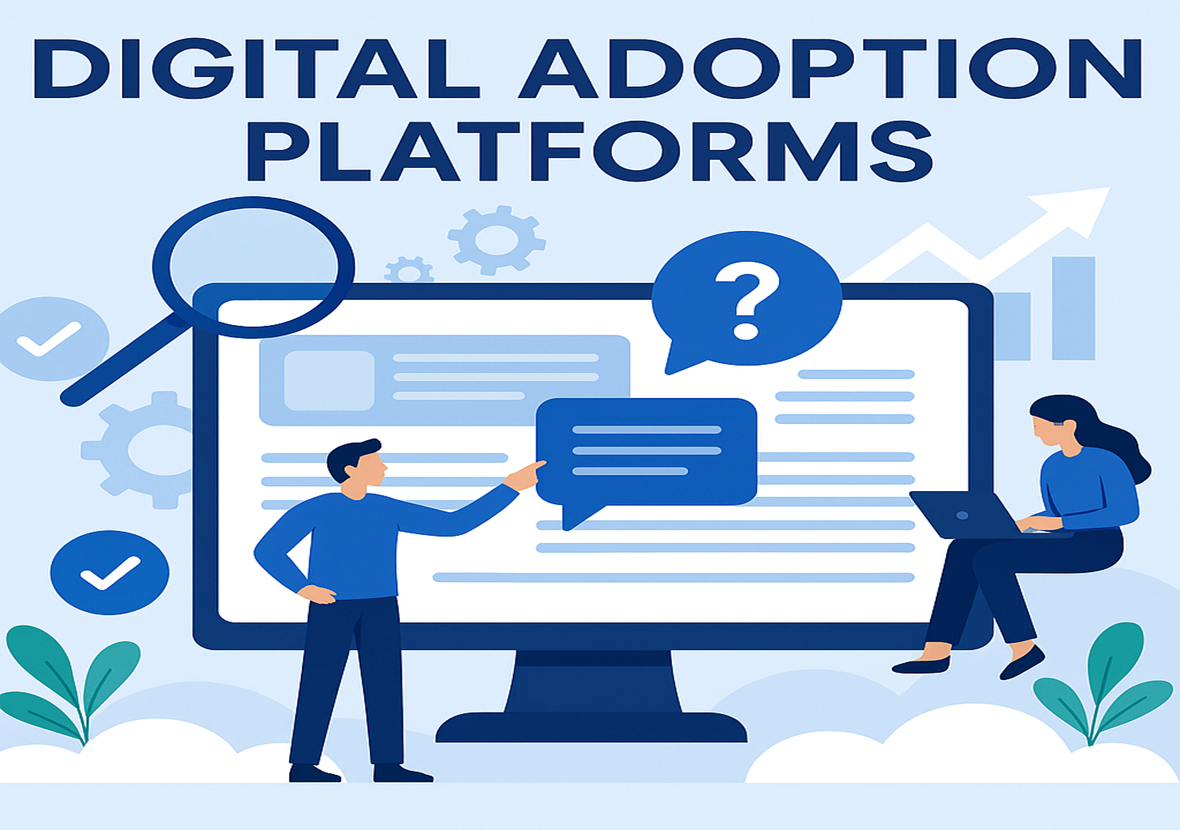Amazon’s AI Strategy Will Reshape the Workforce
In a bold and telling statement, Amazon has confirmed what many have speculated for months—generative AI will reduce its corporate workforce in 2025. For millions working in white-collar roles or aspiring to join tech giants, this announcement sends a clear signal: the rules of the corporate game are shifting. While AI’s influence has been growing for years, we’re now entering a phase where its impact isn’t theoretical—it’s immediate and structural.
This isn’t just a story about Amazon. It reflects a sweeping transformation across industries where generative AI is stepping in to perform tasks that were once the domain of analysts, marketers, HR reps, and even junior developers. The announcement is timely and critical for anyone in the workforce—whether you’re a college graduate, a mid-career professional, or someone navigating job transitions. Understanding what Amazon’s move means is more than just interesting; it’s essential.
In this blog post, we’ll explore why Amazon is embracing generative AI so aggressively, how it’s set to affect different corporate departments, the broader job market implications, ethical debates it raises, and how you can prepare for a future where AI is part of every office conversation.
Why Amazon Is Betting Big on Generative AI
Amazon has long been at the forefront of technological innovation, and its decision to lean heavily into generative AI this year is not without precedent. But what’s different now is the scale and speed. The company is actively replacing or restructuring teams in corporate roles, citing gains in productivity and cost-efficiency thanks to AI tools.
According to internal memos and leadership statements, Amazon generative AI workforce planning is focused on enhancing efficiency across repetitive, data-driven roles. Whether it’s automating product descriptions, optimizing ad strategies, or generating customer insights, AI can now complete in seconds what used to take humans days. This means departments like marketing, logistics, finance, and HR are being reshaped—not by choice, but by necessity.
The company’s leadership has made it clear that this is about long-term scalability. Generative AI doesn’t get tired, doesn’t require benefits, and can iterate faster than any intern or associate. As these systems become smarter through machine learning feedback loops, their usefulness—and by extension, their threat to human jobs—only grows.
Which Corporate Roles Are Most at Risk?
Amazon’s approach highlights a trend playing out across all major corporations: roles based on routine cognitive work are the first to be restructured. Think junior analysts, copywriters, customer service reps, and scheduling coordinators. These positions are being increasingly supported—or outright replaced—by AI models that can understand natural language, run analytics, and even make strategic suggestions.
In Amazon’s case, the internal deployment of generative AI tools like Bedrock and CodeWhisperer has dramatically reduced the need for manual content generation and code debugging. Entire teams that once focused on catalog listings or customer service scripts now face downsizing or redeployment.
Other large companies are watching Amazon’s moves closely. When the e-commerce giant sets a precedent, it often signals an industry-wide ripple effect. The same roles Amazon is automating will likely face similar transformations at Meta, Google, and Microsoft. And since Amazon generative AI workforce restructuring is built around real cost savings, it’s easy to see why others will follow.
How This Will Reshape the Tech Job Market
The job market for tech professionals is shifting from “build and operate” to “optimize and oversee.” In other words, the value is no longer in the task, but in managing the systems that perform the task. While this might sound like good news for senior engineers and data scientists, it’s deeply concerning for entry-level workers.
Fewer junior-level roles mean fewer opportunities to get in the door. For people trying to break into tech, internships and associate positions are drying up or becoming hyper-competitive. This creates a funnel where only those with specialized, strategic knowledge—like prompt engineering, AI oversight, or ethical compliance—can succeed.
Amazon’s AI-first mindset is also likely to influence hiring patterns. Recruiters are now prioritizing candidates with hybrid skill sets: people who understand AI systems, but also bring communication, management, and ethical reasoning to the table. In short, to stay relevant, you’ll need more than just technical know-how—you’ll need adaptability and the ability to collaborate with both humans and machines.
The Ethical Concerns Behind the Corporate Shift
Replacing people with AI isn’t just a business strategy—it’s an ethical debate. Amazon’s AI-driven downsizing raises important questions about fairness, accountability, and social responsibility. Is it ethical to replace a loyal employee with a machine just because it’s more efficient? What obligations do companies have to retrain or upskill those being displaced?
Amazon has stated it is offering internal mobility and retraining programs, but critics argue these efforts are limited compared to the scope of the layoffs. And while generative AI can eliminate repetitive tasks, it still lacks the nuance, empathy, and moral judgment that humans bring to the workplace.
There’s also the broader issue of income inequality. When corporations cut human roles but maintain or grow profitability, where does that wealth go? Usually, it flows upward—to shareholders and executives—further widening the gap between those who build the systems and those affected by them.
Governments and regulators are starting to take notice. Europe has already passed AI regulation frameworks, and the U.S. is debating federal standards for workplace AI. Still, the law often lags behind innovation. In the meantime, Amazon’s choices are writing the rulebook for what’s considered acceptable.
What You Can Do to Prepare for the AI-First Workforce
The reality is clear: generative AI is not just a tool—it’s a transformative force in the workplace. If you’re working in a corporate environment or planning to, now is the time to rethink your skillset. While the technology is replacing repetitive jobs, it’s also creating new roles that didn’t exist five years ago.
To stay ahead, consider upskilling in areas like prompt engineering, AI ethics, human-centered design, and automation management. These are growth zones that companies like Amazon are already investing in. You don’t need to become a software engineer, but you do need to become AI-literate.
Also, diversify your professional brand. Build a presence online, start a portfolio, take micro-courses, and be visible in your industry. This makes you harder to replace and easier to redeploy. The workforce of the future will be dynamic, and your ability to pivot will be more valuable than any single job title.
If you’re in a leadership role, start integrating AI into your team’s workflow strategically. Don’t wait for corporate directives—lead the change. Show that you can use AI to enhance human output, not just replace it. The companies and individuals who take this approach will thrive in the years ahead.
The Bigger Picture: Amazon’s AI Strategy Sets a Global Precedent
Amazon’s embrace of generative AI to shrink its corporate workforce is more than just internal optimization—it’s a signal flare to the world. This is how major corporations will operate moving forward. Automation is no longer reserved for warehouses and logistics; it’s entering the boardroom, the marketing team, the HR department.
What makes Amazon unique is its scale and visibility. When it makes a move, the ripple effect is global. Other firms—especially competitors in e-commerce, cloud computing, and logistics—are already modeling their own AI integration plans after Amazon’s. This means the effects of Amazon generative AI workforce policies extend far beyond Seattle HQ.
Whether you’re an employee, a freelancer, a business owner, or an investor, ignoring this trend isn’t an option. Understanding how AI is impacting workforce strategy is no longer a futuristic discussion. It’s a current event—and one that requires proactive adaptation.
https://usfonts.link/tech-for-hybrid-work/
Conclusion: The AI Shift Is Here—Will You Adapt or Fall Behind?
Amazon’s recent announcement marks a pivotal moment in the evolution of corporate work. Generative AI is no longer a distant innovation—it’s already reshaping how teams are structured, how tasks are performed, and who stays employed. The Amazon generative AI workforce transition offers a clear view into a future that’s already underway.
For professionals, this shift demands awareness, agility, and action. It’s not enough to hope your job is safe—you need to make yourself AI-proof by acquiring skills that are harder to automate. For companies, the challenge is finding the right balance between efficiency and ethics, cost savings and corporate responsibility.
The rise of AI is inevitable—but how we respond to it is still up to us. Whether you’re adapting your skillset, guiding your team, or making hiring decisions, the question isn’t “Will AI take over?” It’s “How will we work alongside it?”
Stay informed, stay adaptable, and stay ahead.














